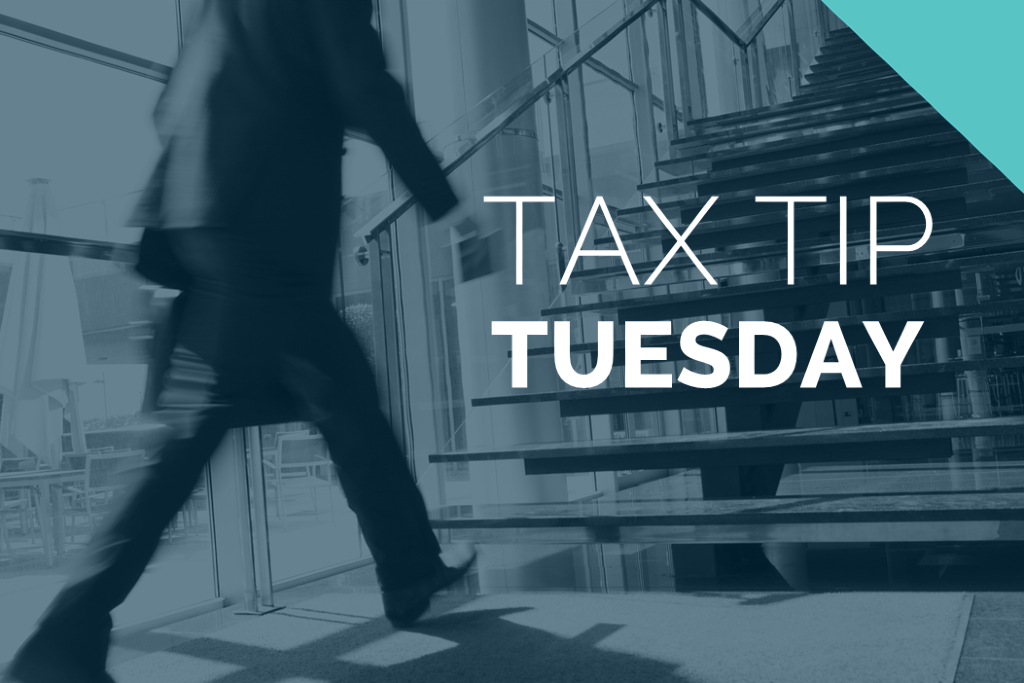Effective May 21, 2023, P&N has joined EisnerAmper. Read the full announcement here.

Last updated on 4/17/2020
In prior articles we highlighted the need for tracking authorized costs associated with the Paycheck Protection Program (PPP) and Economic Injury Disaster Loans (EIDL). Tracking and accounting for funds received is key to maximize opportunities for any available debt forgiveness under the PPP. Conversely, not having a system to account for and track funds could result in the following risks:
- Inability to efficiently submit or maximize debt forgiveness packages;
- Potential misuse of funds (if funds are comingled with other operating accounts);
- Lack of understanding of the level of non-payroll costs spent and debt forgiveness limitations (i.e., no more than 25% of debt forgiveness can be from eligible non-payroll costs); and,
- Difficulty amending calculations if SBA releases new guidance.
The following are considerations for tracking funds; however, businesses should keep in mind their structure, unique risk areas, and available resources related to their accounting operations:
- Contact your CPA or payroll provider to determine if solutions or guidance have been made available to track relief funds.
- Consider opening new or separate bank account(s) to receive and disburse funds, as well as aid in tracking.
- If an accounting system is currently used, create a cost center with COVID-19 designation, which may require the creation of a separate account or class. If multiple loans are received, such as PPP and EIDL, create separate accounts for each loan. Alternatively, consider having a separate spreadsheet to track the sources and uses of funds received through either PPP or EIDL programs.
- Charge eligible expenses to the new or separate accounts or cost centers. Consider loan terms and potential debt forgiveness when assigning all or part of an eligible expense. For example, the prorated portion of a salary over $100,000 is not eligible for loan forgiveness under current guidelines.
- Record all transactions in a timely manner, including, at a minimum, a description, the amount, and the date.
- Retain documentation that supports the transactions. Such documentation may include payroll tax forms and filings (Form 941 and W2, SUTA, etc.), support for health insurance and retirement payments, state income and unemployment insurance filings, canceled checks, payment receipts, and transcripts of accounts.
- Perform reconciliations on a frequent basis to allow for the identification and timely resolution of potential reconciling items. Reconciliations should be performed for all loans and include comparisons to ensure loan proceeds are not used for the same purpose. Consider having reconciliations reviewed for compliance with loan requirements by the CFO or CPA.
- Develop a system to aggregate eligible payroll and non-payroll costs (preferably with each payroll run over the eight-week period), and understand how these costs are impacted by other debt forgiveness factors, such as workforce reductions and salary reductions.
- Develop a system to monitor PPP funds spent on eligible non-payroll costs (rent, utilities, and mortgage interest), as the amount of debt forgiveness with respect to these costs is limited to 25% of eligible payroll costs. For example, if you spend $20,000 on eligible non-payroll costs over the eight-week period, but your eligible payroll costs during this period was $60,000, you will only be eligible for debt forgiveness of $15,000 for the non-payroll costs.
- Continue to monitor the SBA website and consult with your CPA and lender on any updates that may impact your loans.
In addition to the components for eligibility, loan amount, use of funds, terms and other factors, there are oversight provisions related to the CARES Act. Businesses should consider designating an employee, preferably at the officer level, to oversee compliance with the recently-passed legislation as well as any terms or conditions imposed by lending institutions.
Help Is Available
P&N has developed tools and processes to help our clients track eligible payroll and non-payroll costs, as well as calculate debt forgiveness amounts to aid in compliance with the PPP. Please contact us if you would like to learn more about this service.
As future legislation is developed, deadlines are updated, and additional challenges and opportunities are uncovered, P&N’s dedicated professionals are committed to understanding and applying this information to help our clients. Please contact us or connect with your P&N advisor to discuss your organization’s questions, concerns, and priorities.




.jpg)